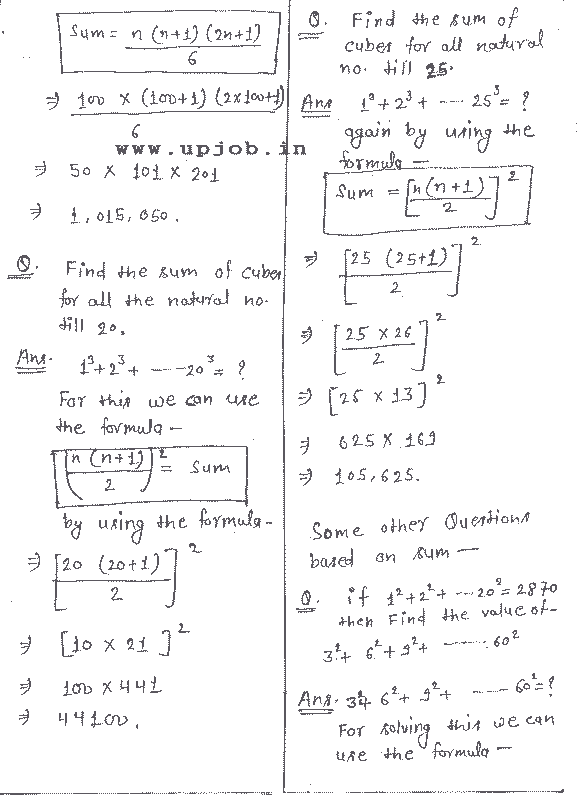
It includes a plethora of techniques for making math problems more effective and efficient. It is an ancient form of mathematics that was rediscovered from the Vedas by Shri Bharti Krishna Tirthaji between 19. Vedic Maths is a present from the past given to us by renowned Indian scholars. Is your child struggling with math problems? If so, this article will open Pandora’s box for you because we will share some of the simplest Vedic Maths tricks for solving complex problems. Smart tricks that your child should learn to speed up math calculations. So, the answer is 50 + 10 + 1, or 61.Vedic Maths Tricks to Calculate 10x Faster Vedic Maths Tricks Instead of getting out pencil and paper for long division, break 366 into 300, 60, and 6 and figure out how many times 6 goes each part. Trick #10: Break up the dividend (the first number in the problem). Use $100 bills (from your Monopoly game, not your wallet!) to show your child that you can tack on 2 zeroes to the other factor every time you multiply by 100. But for kids, the reasoning behind it can still be tricky. Trick #9: Think $100 bills to multiply hundreds.

The extra quarter adds 25 cents, for a total of 425 cents. If you had 17 quarters, how much money would you have? Well, every 4 quarters makes a dollar, so 16 of the quarters would be 4 dollars, or 400 cents. This one looks really hard, until you think of the 25s as quarters. Then, figure out how many chocolates are in the other 3 boxes: 3 × 9 = 27. (Mmm, chocolate.) First, figure out how many boxes are in 20 of the boxes: 20 × 9 = 180. Think of 23 × 9 as 23 boxes of chocolates with 9 chocolates in each. Remember the distributive property? The formula is complicated, but the idea is simple.
SIMPLE MATH TRICKS FORMULA PLUS
Instead of trying to take away 27 in this problem, think of it as “27 plus how many more equals 34?” Combine this with trick #5 (add in smaller jumps) and you’re good to go! 7. When you’re subtracting numbers that are pretty close together, it’s often easier to change the problem to an addition problem. (This works well for subtraction, too.) 6. Then, you still need to add 5 more, so 380 + 5 = 385. Instead, do it in 2 jumps: First add 3 to 377 to get 380.

Landing on multiples of 10 makes this strategy especially helpful.įor this problem, you don’t have to add 8 all at once. Trick #5: Add larger numbers by making several smaller (and easier) jumps. Add them all up (200 + 80 + 14) and you get 294. Trick #4: Double each digit separately and add them together. Since I added 1 more than I need, I simply subtract 1 from 186 to find the answer: 185. Trick #3: To add 9, simply add 10 and then subtract 1. Mental math doesn’t mean stacking numbers in your head and solving them like you would on paper! For this problem, you might first add 40 + 50 = 90. Trick #2: Use place-value to take numbers apart and put them back together again. Use dimes or base-ten blocks to demonstrate this idea for your kids. Trick #1: Use place-value thinking to make this problem a snap. Give these ten problems a try, then see below for answers and explanations. See if you know these 10 mental math tricks that will help you teach homeschool mental math with confidence!


 0 kommentar(er)
0 kommentar(er)
